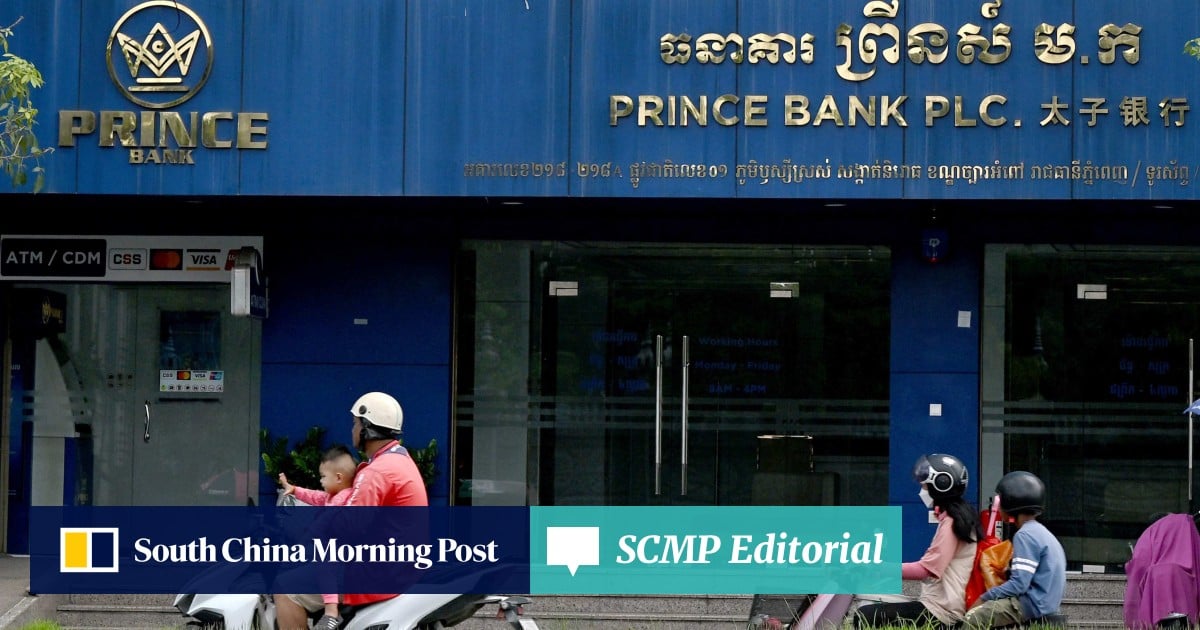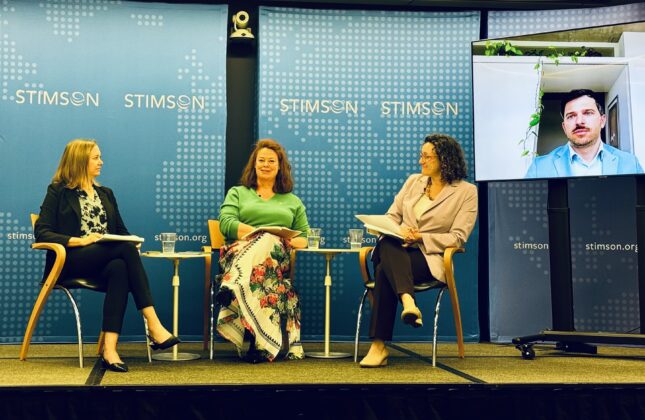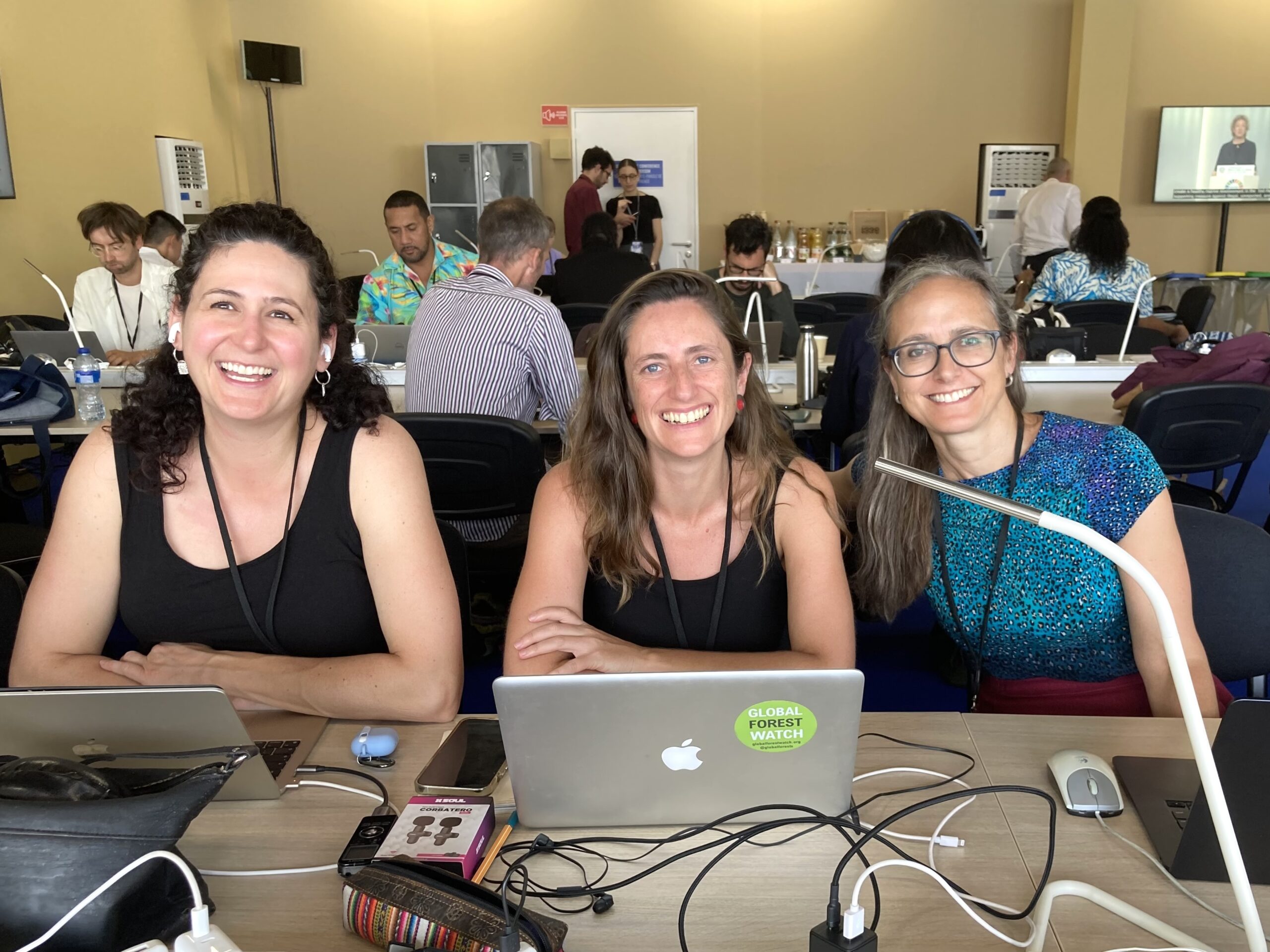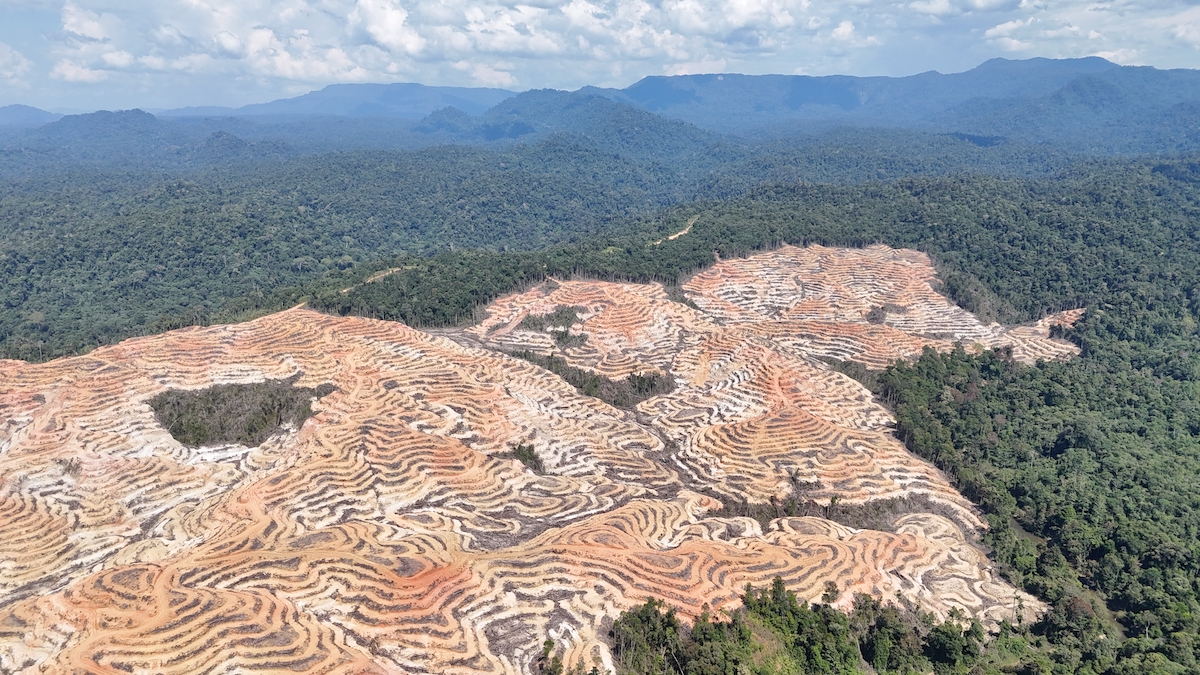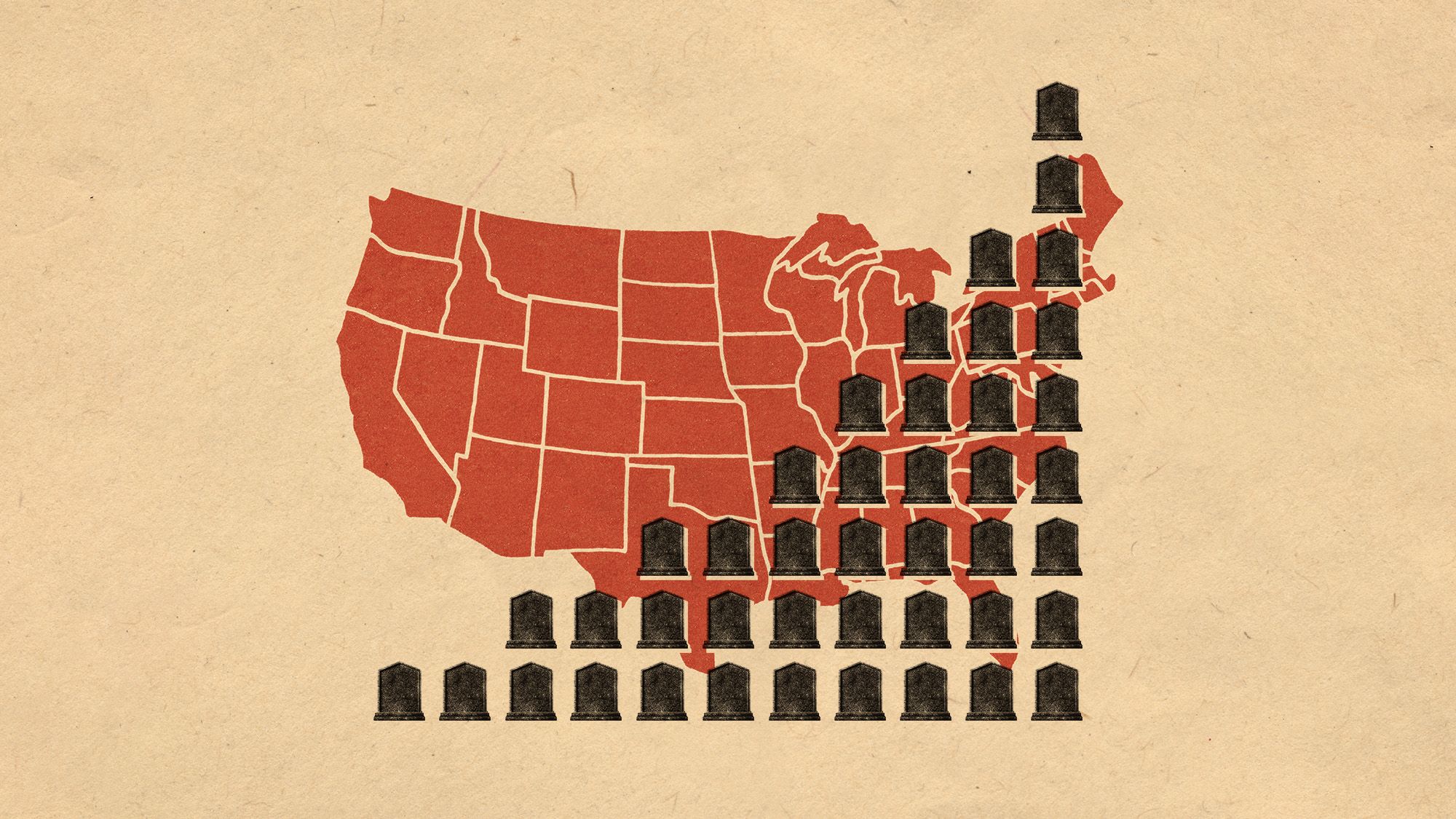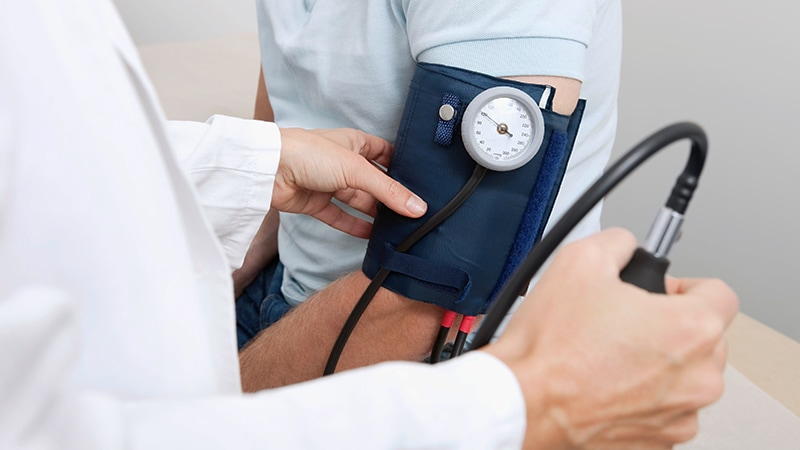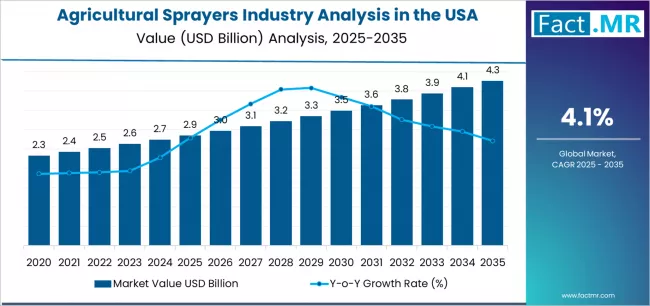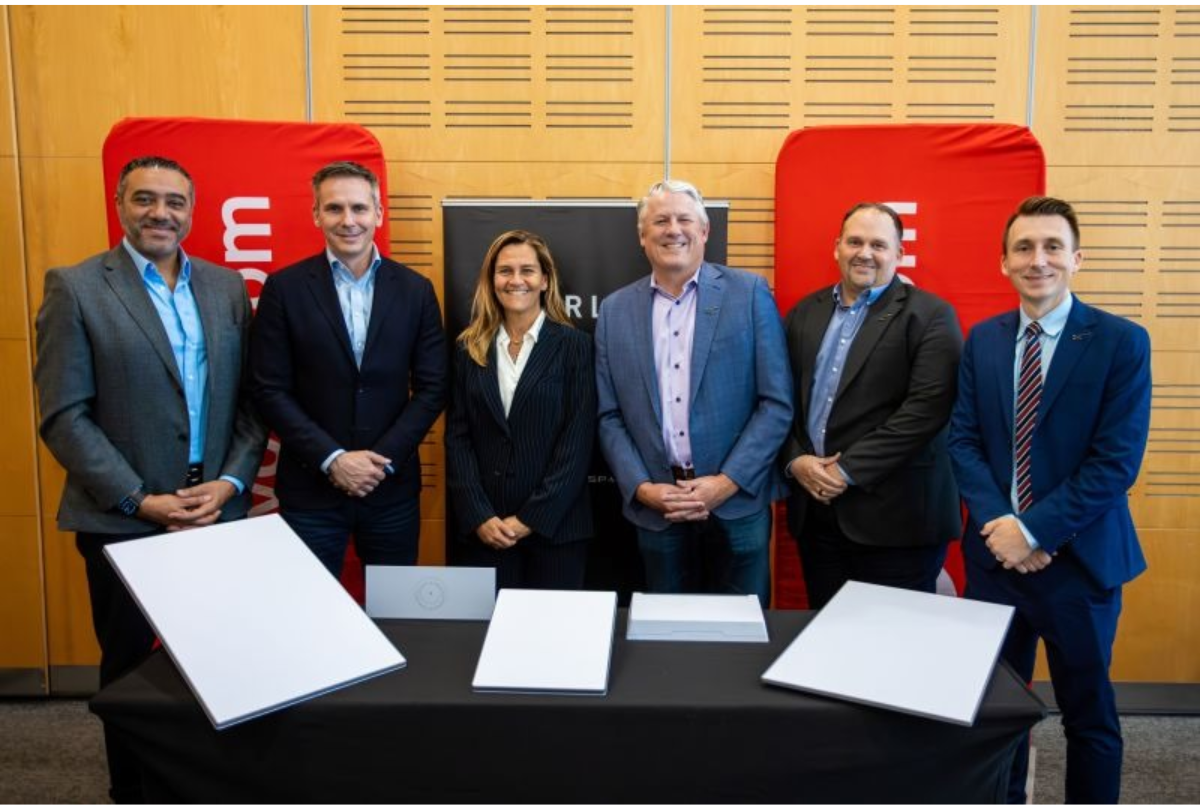Angola Economic Update – Boosting Growth with Inclusive Financial Development – World Bank

Angola Economic Report 2024: Analysis of Growth, Challenges, and Sustainable Development
Macroeconomic Performance and Outlook
An assessment of Angola’s economy in 2024 reveals a period of recovery juxtaposed with significant socio-economic challenges that impede progress towards the Sustainable Development Goals (SDGs).
- Economic Growth: Real GDP grew by 4.4% in 2024, propelled by the oil sector’s recovery and robust performance in non-oil sectors such as mining, commerce, and agriculture. This growth contributes to SDG 8 (Decent Work and Economic Growth). However, the economy has not yet compensated for the 10.4% GDP loss experienced between 2016 and 2020.
- Fiscal and External Balances: While the external account improved, public finances saw a slight deterioration with a fiscal deficit of approximately 1.2% of GDP. Public debt decreased to 71% of GDP. Critically, high interest payments (6.1% of GDP) are diverting funds from essential public services, undermining SDG 3 (Good Health and Well-being) and SDG 4 (Quality Education).
- Monetary Policy: A tight monetary policy was maintained to combat high inflation, which stood at 28.2%.
Socio-Economic Conditions and SDG Alignment
Despite economic growth, living conditions have deteriorated for many households, highlighting persistent obstacles to achieving key SDGs.
- Poverty and Inequality: The poverty rate remains high at 31.1%, directly challenging SDG 1 (No Poverty). Significant inequality, indicated by a Gini index of 51.3, demonstrates a critical need for progress on SDG 10 (Reduced Inequalities).
- Economic Outlook: Real GDP growth is projected to average 2.9% from 2025-2027, a rate insufficient to substantially improve living standards. Increased risks from global uncertainty and volatile oil prices underscore the urgency of economic diversification to build resilience and advance SDG 8.
Financial Inclusion as a Catalyst for Sustainable Development
The report identifies inclusive financial development as a crucial reform to support diversified growth and accelerate progress on the SDGs.
The Role of Financial Inclusion in Achieving the SDGs
Financial inclusion provides individuals and businesses with access to essential financial services, which is fundamental to sustainable and equitable development.
- Poverty Reduction (SDG 1): Access to financial tools empowers individuals to manage finances, build assets, and break the cycle of poverty.
- Economic Growth and Innovation (SDG 8 & SDG 9): When Micro, Small, and Medium-sized Enterprises (MSMEs) access capital, they can invest, innovate, and create jobs. Digital solutions like mobile banking are key components of SDG 9 (Industry, Innovation, and Infrastructure) that can expand financial services.
- Social Development (SDG 3 & SDG 4): Financial stability allows households to invest in healthcare and education, contributing to improved well-being and human capital.
- Reduced Inequalities (SDG 10): By providing opportunities to marginalized groups, including those in rural areas, financial inclusion directly addresses economic disparity.
Challenges to Financial Inclusion in Angola
Angola faces several barriers that limit the expansion of financial services and hinder its potential contribution to the SDGs.
- Institutional Reach: Financial institutions are heavily concentrated in urban centers, leaving rural populations underserved.
- Accessibility and Literacy: High banking costs, stringent account requirements, and low financial literacy exclude many Angolans from the formal financial system.
- Infrastructure Deficiencies: Limited internet and mobile network coverage, particularly in remote areas, obstructs the growth of digital financial services, impeding progress on SDG 9.
- Trust and Governance: Economic instability, inflation, and a lack of trust in financial institutions pose significant challenges. Furthermore, governance issues, including deficiencies in anti-money laundering regulations, undermine the integrity of the financial sector and relate to SDG 16 (Peace, Justice, and Strong Institutions).
Addressing these barriers through regulatory reform, investment in digital infrastructure, and financial education is essential for Angola to diversify its economy and achieve broad-based, sustainable development.
Analysis of Sustainable Development Goals (SDGs) in the Article
1. Which SDGs are addressed or connected to the issues highlighted in the article?
The article on Angola’s economy touches upon several Sustainable Development Goals (SDGs) by discussing economic growth, poverty, inequality, and the role of financial inclusion.
- SDG 1: No Poverty: The article directly addresses this goal by stating that “poverty remains high at around 31.1%”. It also highlights that financial inclusion can “help reduce poverty” and “break the cycle of poverty.”
- SDG 8: Decent Work and Economic Growth: This goal is central to the article. It discusses Angola’s real GDP growth (4.4%), the weak labor market, the need to diversify the economy away from oil, and how financial inclusion for MSMEs can lead to “higher productivity and job creation.”
- SDG 9: Industry, Innovation and Infrastructure: The article connects to this SDG through its focus on financial and digital infrastructure. It mentions the need to expand financial services through “digital solutions, such as mobile banking” and points out that “weak infrastructure, including limited internet and mobile network coverage in remote areas” is a major challenge. It also discusses supporting MSMEs and entrepreneurs, which is a key aspect of industrial development.
- SDG 10: Reduced Inequalities: The article explicitly highlights this issue by stating that “inequality also remains significant, with a Gini index of 51.3.” It further notes that Angola faces “significant inequality and exclusion, particularly in rural areas” and that financial inclusion can reduce income inequality by providing opportunities to marginalized groups.
2. What specific targets under those SDGs can be identified based on the article’s content?
Based on the issues discussed, several specific SDG targets can be identified:
- Target 1.2: By 2030, reduce at least by half the proportion of men, women and children of all ages living in poverty in all its dimensions according to national definitions. The article’s mention of a 31.1% poverty rate and the discussion of poverty reduction strategies directly relate to this target.
- Target 8.1: Sustain per capita economic growth in accordance with national circumstances. The article’s focus on real GDP growth rates (4.4% in 2024) and future projections (average 2.9% over 2025-27) aligns with this target.
- Target 8.3: Promote development-oriented policies that support productive activities, decent job creation, entrepreneurship, creativity and innovation, and encourage the formalization and growth of micro-, small- and medium-sized enterprises (MSMEs). The article emphasizes that when “small businesses, farmers, and entrepreneurs have access to banking services… they are empowered to invest in entrepreneurship, leading to higher productivity and job creation.”
- Target 8.10: Strengthen the capacity of domestic financial institutions to encourage and expand access to banking, insurance and financial services for all. The entire second half of the article, which focuses on “inclusive financial development,” directly addresses this target by discussing the need to expand financial services to underserved populations.
- Target 9.3: Increase the access of small-scale industrial and other enterprises, in particular in developing countries, to financial services, including affordable credit, and their integration into value chains and markets. The text highlights how MSMEs benefit from inclusive financial systems by “gaining the capital needed for growth and innovation.”
- Target 10.2: By 2030, empower and promote the social, economic and political inclusion of all. The article points to the need to address “significant inequality and exclusion, particularly in rural areas” and promotes financial inclusion as a tool to provide “marginalized groups with opportunities to build assets.”
3. Are there any indicators mentioned or implied in the article that can be used to measure progress towards the identified targets?
Yes, the article mentions several specific data points and concepts that serve as indicators for the identified targets:
- Indicator 1.2.1 (Proportion of population living below the national poverty line): The article provides a direct value for this indicator, stating that “poverty remains high at around 31.1%.”
- Indicator 8.1.1 (Annual growth rate of real GDP per capita): The article provides the “real GDP growing by 4.4%” and projects an average of 2.9% over 2025-27. This is a direct measure of economic growth.
- Indicator 8.10.2 (Proportion of adults with an account at a bank or other financial institution): While not giving a specific percentage, the article heavily implies this indicator’s importance. It discusses the lack of “access to formal banking services,” the concentration of banks in urban centers, and the goal of expanding financial services to “underserved populations.” The chart titled “Use of Financial Services” visually represents this concept.
- Gini Index: The article states that Angola has a “Gini index of 51.3.” While the Gini index is not an official SDG indicator itself, it is a universally recognized measure of income inequality and is directly relevant to monitoring progress towards SDG 10 (Reduced Inequalities), particularly Target 10.2.
4. Summary Table of SDGs, Targets, and Indicators
| SDGs | Targets | Indicators |
|---|---|---|
| SDG 1: No Poverty | Target 1.2: Reduce at least by half the proportion of people living in poverty according to national definitions. | Indicator 1.2.1: Proportion of population living below the national poverty line (stated as 31.1% in the article). |
| SDG 8: Decent Work and Economic Growth | Target 8.1: Sustain per capita economic growth. | Indicator 8.1.1: Annual growth rate of real GDP (stated as 4.4% in 2024). |
| Target 8.3: Promote policies that support job creation, entrepreneurship, and the growth of MSMEs. | Access to finance for MSMEs to foster entrepreneurship and job creation (discussed qualitatively). | |
| Target 8.10: Strengthen domestic financial institutions to expand access to banking and financial services for all. | Indicator 8.10.2: Proportion of adults with a bank account (implied as a key challenge and goal). | |
| SDG 9: Industry, Innovation and Infrastructure | Target 9.3: Increase the access of small-scale enterprises to financial services. | Availability of capital and financial tools for small businesses, farmers, and entrepreneurs (discussed as a key benefit of financial inclusion). |
| SDG 10: Reduced Inequalities | Target 10.2: Empower and promote the social and economic inclusion of all. | Gini index (stated as 51.3), a measure of income inequality. |
Source: worldbank.org

What is Your Reaction?
 Like
0
Like
0
 Dislike
0
Dislike
0
 Love
0
Love
0
 Funny
0
Funny
0
 Angry
0
Angry
0
 Sad
0
Sad
0
 Wow
0
Wow
0







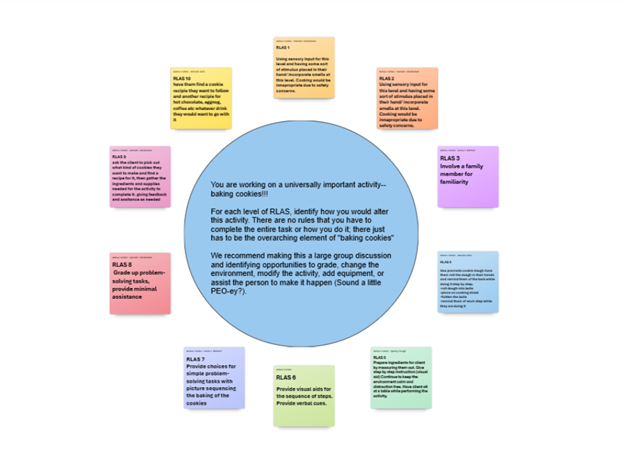
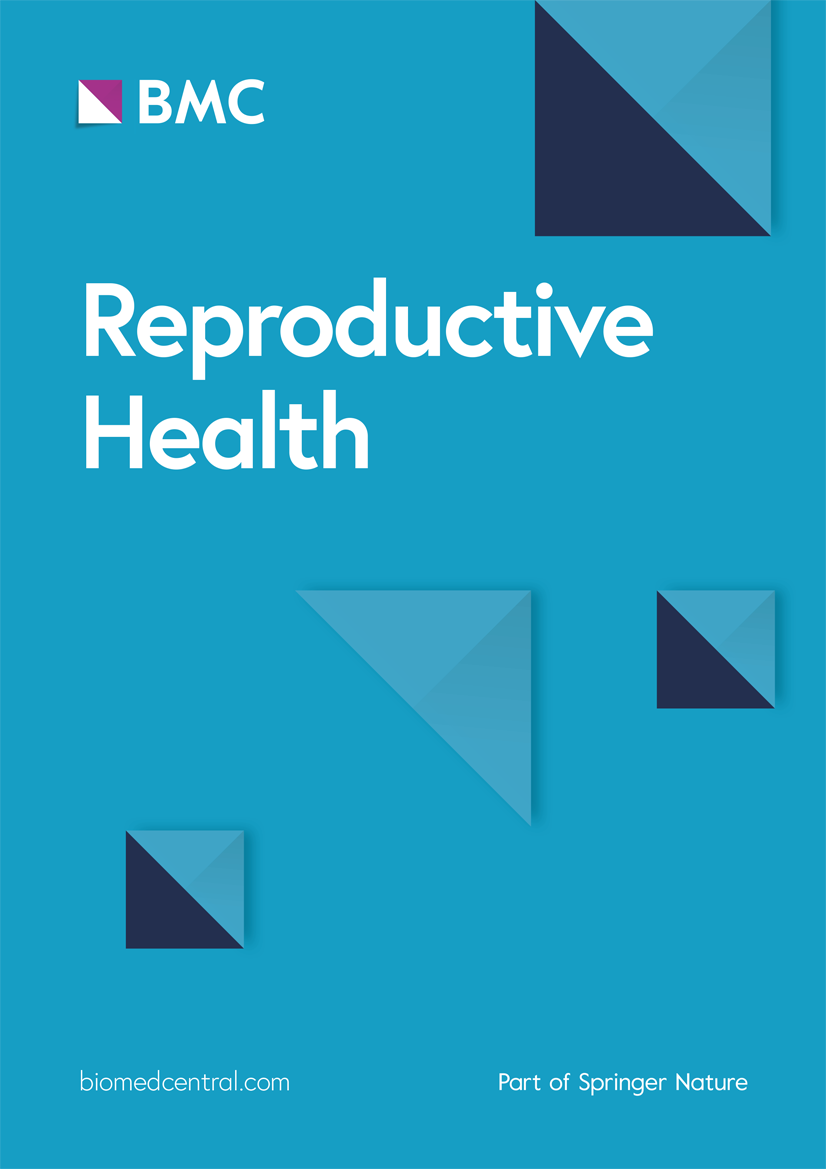


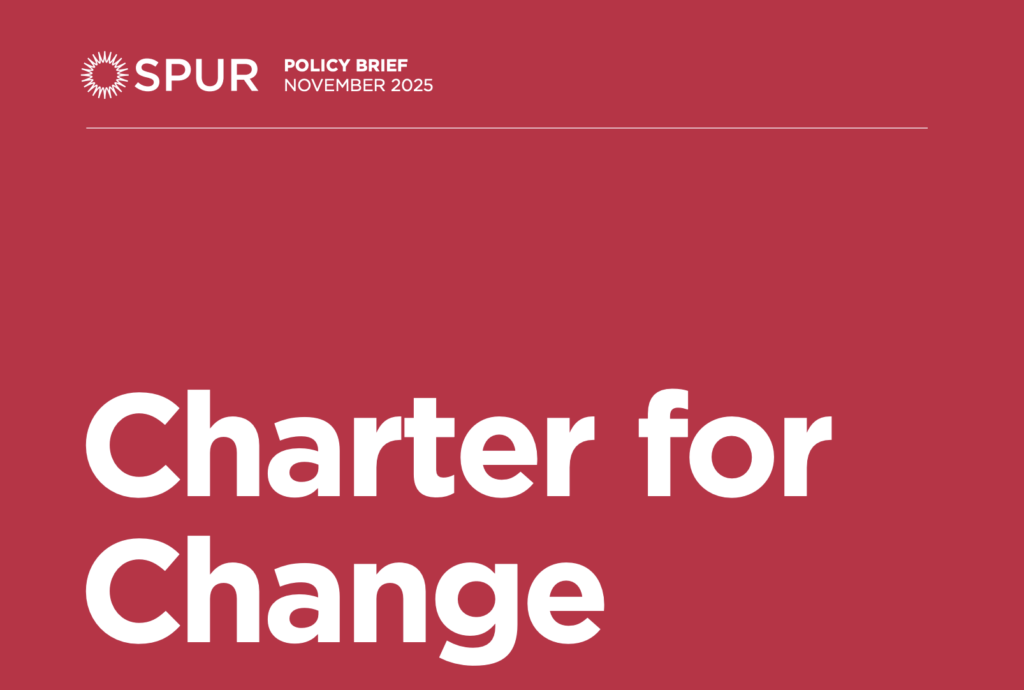
















.jpg?#)


